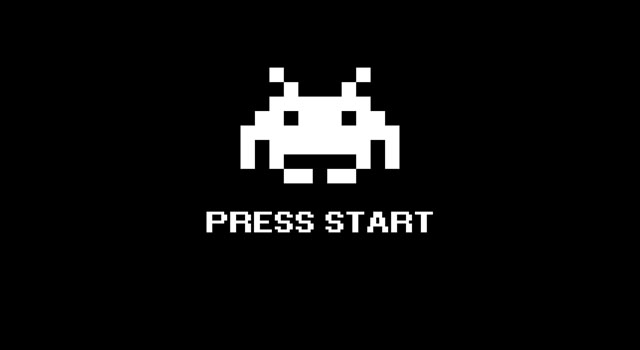If you haven’t read the other posts, go now:
We have a state manager now but a game without graphic representation and user interaction has nothing to do in 2019.
In this new chapter we will initialize the ‘human’ layer: graphics and input.
We could write everything from scratch but it’s a pain in the ass (trust me) so we will use SDL to do so. SDL is an abstraction library written in C that gives a common API to system calls for different architectures and OSs.
We don’t want to couple our engine to a library too much, and we will cover that in future posts, but for now we will use SDL tightly coupled, don’t worry, it wont stay like this forever.
Continue reading “How to write a game engine in pure C: Part 2 – The Graphic initialization”



